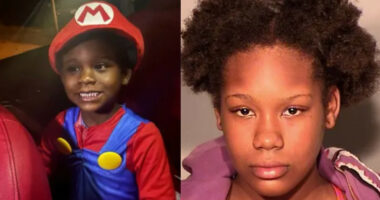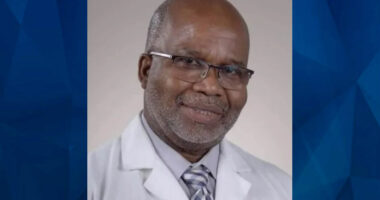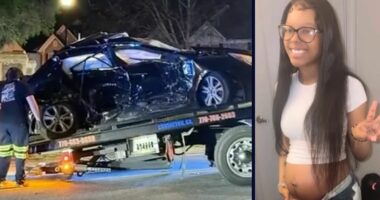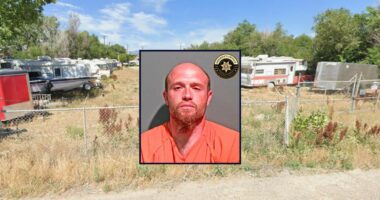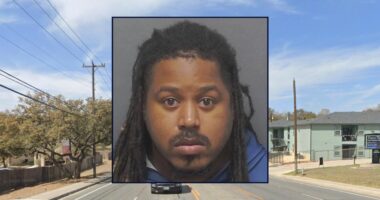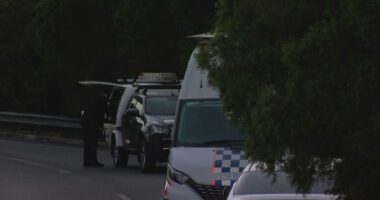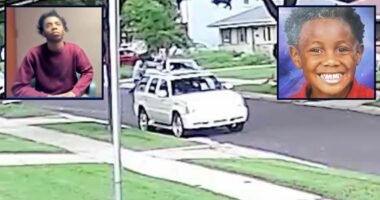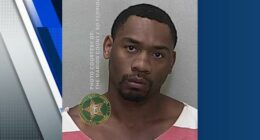Share this @internewscast.com
Testimony resumed Friday in Karen Read’s murder retrial at Norfolk Superior Court in Massachusetts.
As previously reported by CrimeOnline, prosecutors claimed that Read, 45, deliberately reversed her Lexus SUV into her boyfriend, Boston police Officer John O’Keefe, in a drunken fit on the early morning of January 29, 2022, after dropping him off outside a residence on Fairview Road in Canton. She is charged with second-degree murder and two other crimes.
Read has entered a plea of not guilty. Her defense team argued she was wrongfully accused, asserting that O’Keefe entered the house, which at the time was owned by fellow Boston officer Brian Albert, and was fatally assaulted and potentially attacked by a German Shepherd. They claimed his body was discarded into a snowstorm.
A hung jury ended Read’s first trial in July 2024.
The defense first called crash analysis expert Daniel Wolfe to the stand.
Wolfe, who testified during Read’s initial trial, reiterated his assessment that John O’Keefe’s injuries were inconsistent with those normally associated with vehicular collisions. While being questioned by defense attorney Alan Jackson, Wolfe mentioned that his company, ARCCA, collaborates with clients both in the U.S. and internationally.
He explained that his expertise includes crash reconstruction, visibility conditions, and how human behavior factors into collisions. Wolfe said he routinely investigates a wide range of accidents, including pedestrian impacts.
“I’ve reviewed hundreds of crashes,” he said. “Various types, involving different scenarios.”
The Department of Justice initially brought ARCCA into the case during a federal grand jury review of how state authorities handled the investigation into O’Keefe’s death. The review ended without federal charges. Read’s defense team later hired the firm independently.Wolfe confirmed that ARCCA received roughly $70,000 in total from the defense over a two-year period, ABC 5 reports.
Wolfe testified that Read’s legal team brought in ARCCA this March to examine conclusions reached by prosecution expert Judson Welcher, who claimed O’Keefe’s injuries aligned with a taillight strike.
Wolfe said the defense specifically asked ARCCA to evaluate Welcher’s analysis, which tied cuts on O’Keefe’s arm to the shape and position of the right taillight on a Lexus SUV.
Wolfe described how Welcher extended his own right arm beside a replica vehicle to demonstrate how it lined up with the taillight. He dismissed the test as overly simplistic.
“That type of test just shows the arm can line up with the taillight,” Wolfe said. “It doesn’t show what actually happens to the arm on impact. Anyone of similar height could create that alignment.”
He added that Welcher’s demonstration proved only that alignment was possible—not that a collision occurred.
Wolfe also showed jurors an experiment in which he used a pneumatic cannon to launch a drinking glass at speeds reaching 37 mph. The test aimed to determine if a glass could have caused the damage seen on the SUV’s taillight.
Wolfe said only high-speed impacts produced similar breakage, disputing the claim that someone could have caused the damage by throwing the glass by hand.
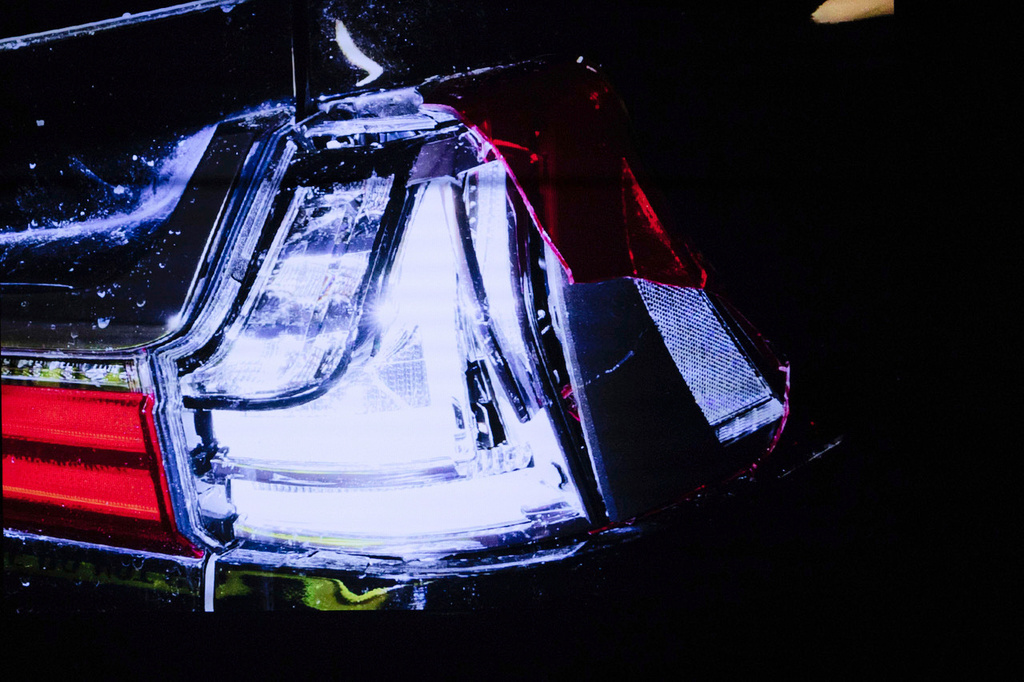
He maintained that the taillight damage and O’Keefe’s injuries contradicted the prosecution’s version of events. His testimony included visuals from his tests, including photos, video clips, and slow-motion footage to support his conclusions.
The defense said it could possibly rest its case as soon as Tuesday. Check back for updates.
[Feature Photo: Karen Read/LinkedIn and John O’Keefe/Boston Police Department]



